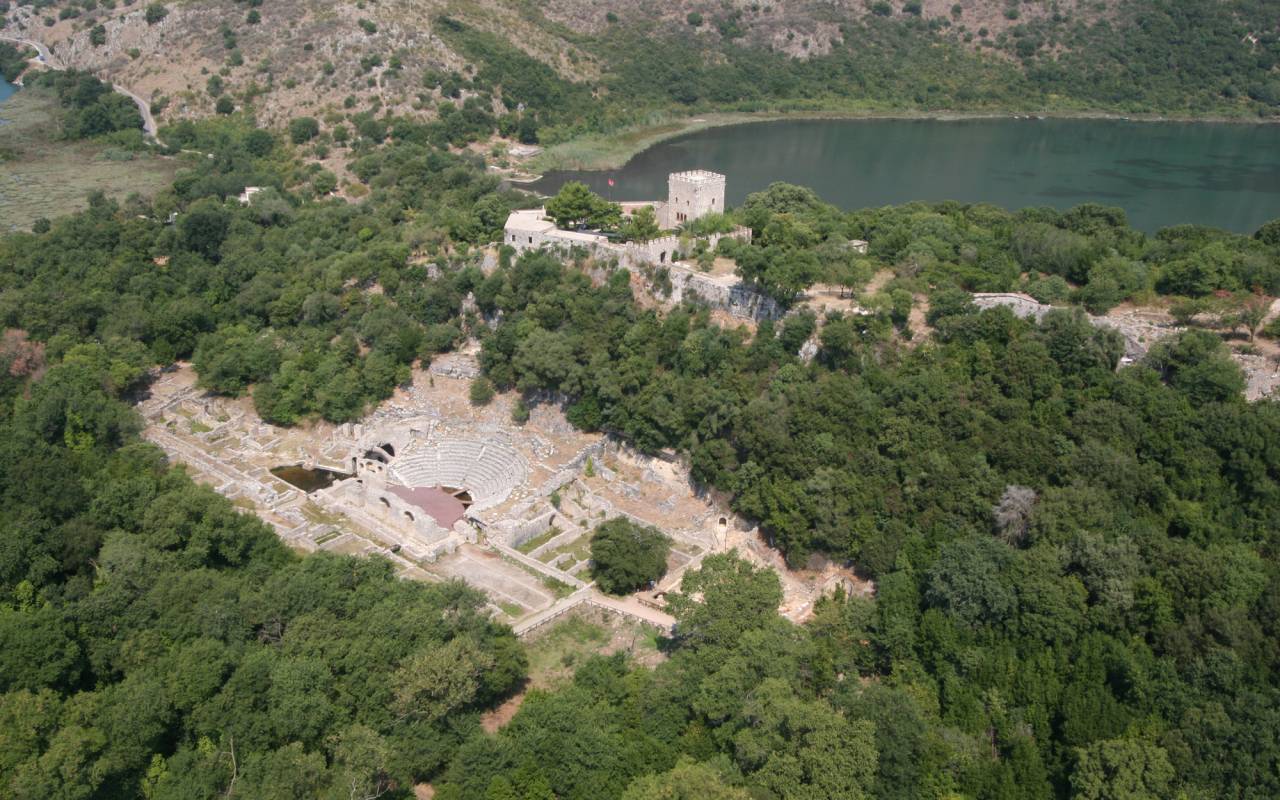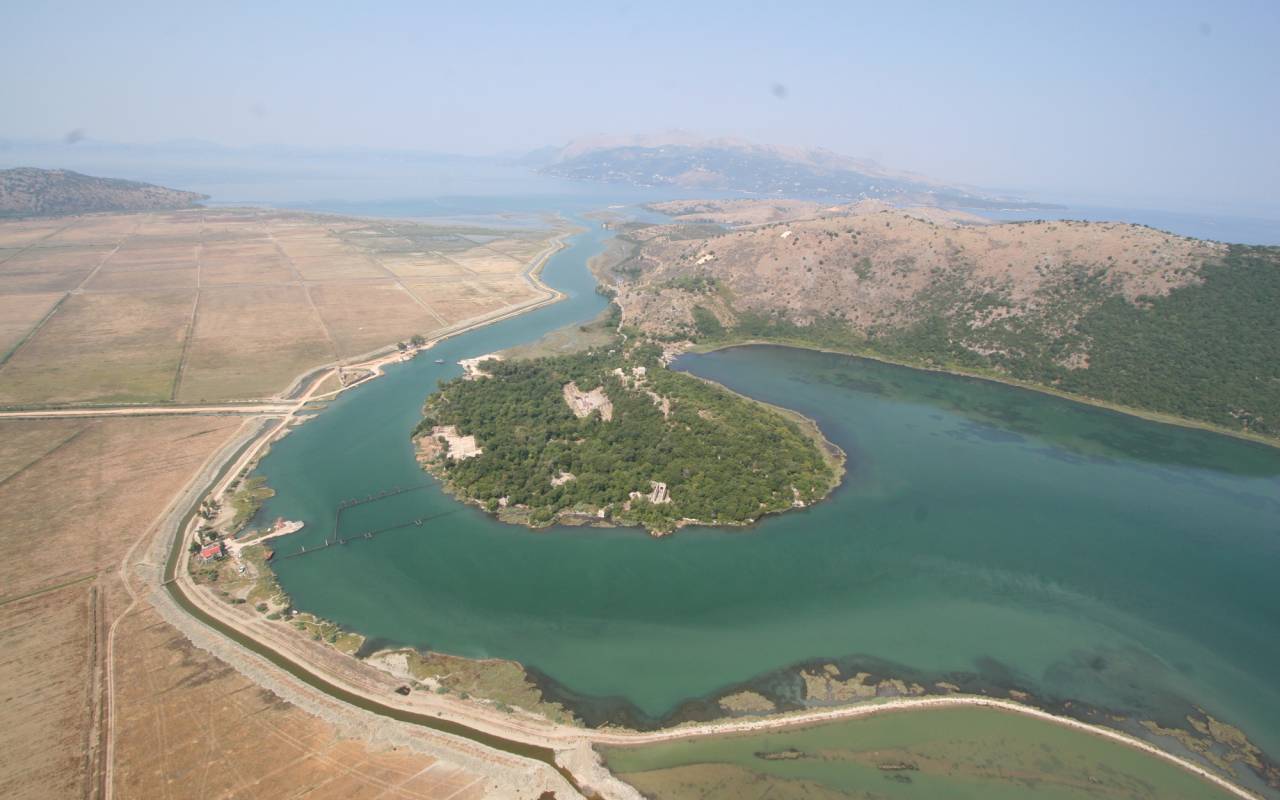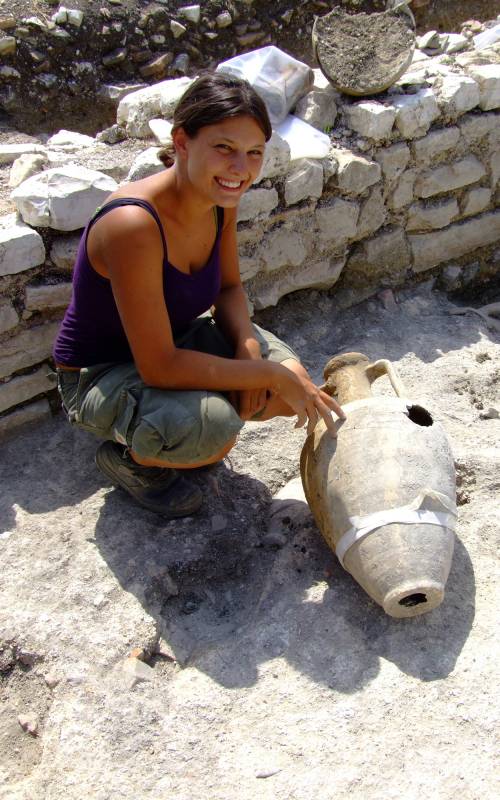
Butrint: preserving a historic site
Giulia Vollono introduces us to her work at Windmill Hill, where she is working to bring Butrint the attention it deserves, by digitally archiving the documents of the Butrint Foundation.
In January 1993 Jacob, Lord Rothschild and John, Lord Sainsbury of Preston Candover established the Butrint Foundation, with the aim ‘to restore, preserve and develop the Butrint site…in Southern Albania for the benefit of the public generally’.
A year later, one of the most ambitious and ground-breaking archaeological projects of the past few decades began, sponsored by the Foundation and under the direction of Professor Richard Hodges in collaboration with the Albanian Institute of Archaeology.

Butrint is a city on the south coast of Albania which was an active settlement from the 8th century BC to the 19th century AD. It witnessed the passage of Greeks, Romans, Byzantines, Normans, Angevins, Venetians and Ottoman Turks who left spectacular archaeological evidence.

Aerial view of Butrint with some of its monuments. Photo (c) Alket Islami Butrint Foundation
The site is incredibly well-preserved and had already been partially excavated: first by an Italian team in the 1920s and 30s and then, after the 2nd World War, with the support of the communist government. The Butrint Foundation project has been a much wider endeavour than the previous investigations. The archaeological research sheds light on the transformations of a coastal city over the centuries to provide a more complete historical picture of the region. Most importantly, the project has gone well beyond archaeological discoveries, with emphasis placed on conservation, tourism and the training for Albanian archaeologists and heritage professionals. In other words, the Butrint Foundation has pursued an extensive plan for the development of the area, building on its historical and environmental heritage.

The vast scope of the project and its various ramifications are reflected in the documents that are now held at the Windmill Hill Archive, at Waddesdon Manor. Excavation records, historical documents, project reports and proposals, correspondence and administration files are being examined to design the best way to archive them. The main goal is to create an online archive, which will be easily accessible and a primary and straightforward source of information for archaeologists.

My desire to bring an archaeological perspective to the Butrint archive is the main reason I have been involved. In 2006 I was an enthusiastic student of Archaeology at the University of Siena when I had the chance to participate in the excavation at Butrint. I enjoyed it so much that I decided to join the team the following year. For me it has been a life-changing experience: I was part of a big international project, I worked on an important archaeological site within a beautiful environment and I had my first contact with the British archaeological world which would lead me to complete my education in the UK. Today, I can contribute, once again, to bring Butrint the attention it deserves: the first time it was on the field with a trowel, now it is in the archive through the rich corpus of documents of the Butrint Foundation.

Photo (c) Butrint Foundation Archive
For more information on the Butrint Foundation visit this website.
Giulia Vollono, Butrint Research Associate




